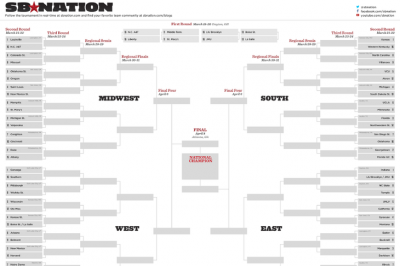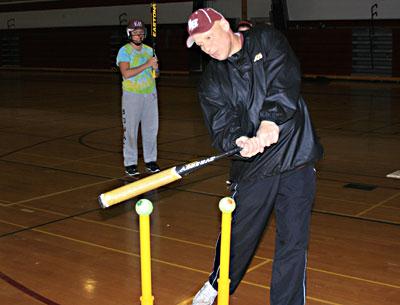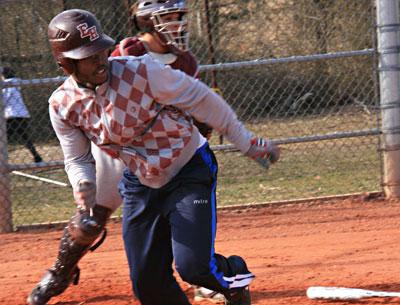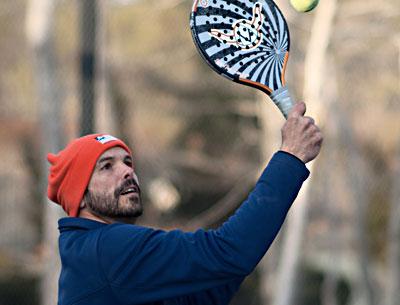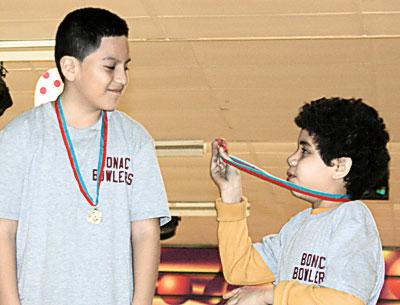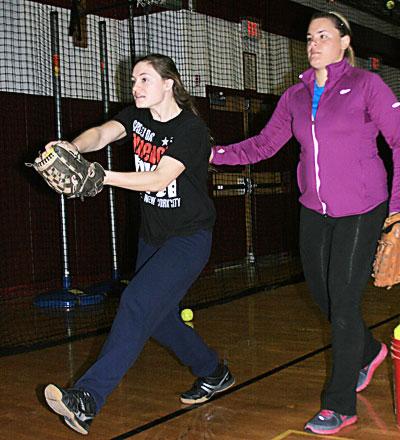The Lineup: 03.21.13
The Lineup: 03.21.13
Thursday, March 21
BASEBALL, Southampton at East Hampton, scrimmage, 4 p.m.
GIRLS TRACK, Miller Place at East Hampton, 4:30 p.m.
BOYS TRACK, East Hampton at Miller Place, 4:30 p.m.
Friday, March 22
BOYS TENNIS, William Floyd at East Hampton, 4:30 p.m.
SOFTBALL, East Hampton at Hampton Bays, scrimmage, 4 p.m.
BASEBALL, East Hampton at Mattituck, scrimmage, 4 p.m.
BOYS LACROSSE, East Hampton at North Babylon, nonleague, 4:30 p.m.
GIRLS LACROSSE, East Hampton at Comsewogue, nonleague, 6:30 p.m.
Monday, March 25
BOYS LACROSSE, East Hampton at Bayport-Blue Point, 10 a.m.
SOFTBALL, East Hampton at Rocky Point, 10:30 a.m.
BASEBALL, Amityville at East Hampton, 11 a.m.
GIRLS LACROSSE, Babylon at East Hampton, 2 p.m.
Wednesday, March 27
GIRLS LACROSSE, St. John the Baptist and Westhampton at East Hampton, scrimmage, 3:30 p.m.

